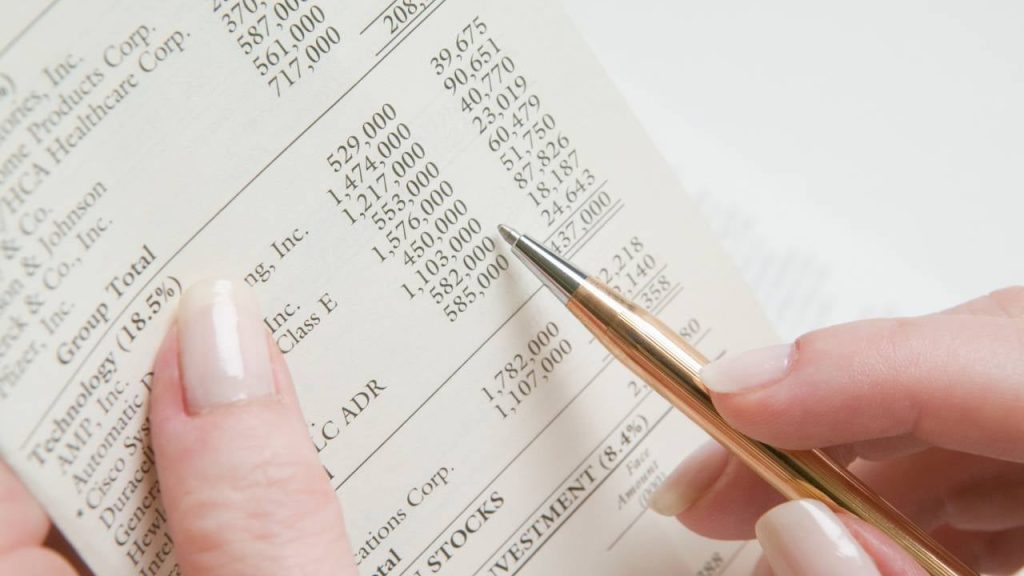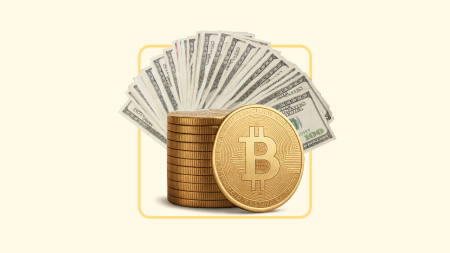Artifacts Images/Getty Images
Bonds are a great way to diversify your portfolio, but not all bonds are created equal. In fact, a big part of investing in bonds is knowing what type of risk you’re taking on before buying.
To understand the types of risks associated with bonds, it helps to know that bonds are often placed into two main categories: investment-grade and high-yield bonds. Investment-grade bonds are generally considered less risky compared to high-yield bonds but typically offer lower returns.
What impact does each type have on your investment portfolio, and what are the differences between the two types? Here’s a look at investment-grade and high-yield bonds and how they differ.
What are investment-grade and high-yield bonds?
Like other investments, different types of bonds are going to appeal to different types of investors. If you’re in your 20s and have a long while to go before retirement, high-yield bonds that are a bit more risky might be a better fit than investment bonds, which are less risky but have lower yields.
If you’re more risk averse or nearing retirement and prioritizing preservation of capital over returns, investment-grade bonds like U.S. Treasurys or other government bonds may be a better choice.
But before you choose which might better suit your portfolio, it’s important to understand what investment-grade and high-yield bonds are.
- Investment-grade bonds have a low risk of default, which is the possibility of the issuer missing an interest payment. The entities issuing these bonds are generally trustworthy when it comes to paying back investors.
- High-yield bonds — sometimes called junk bonds — carry a higher default risk and tend to be issued by companies with weaker financial stability or less reliable income streams. Thus, the yield paid to investors is higher to offset the risk.
Pros and cons of investment-grade bonds vs. high-yield
These two classes of bonds have both differences and similarities.
For example, when it comes to income potential, you will earn a smaller, steady stream of income with investment-grade bonds, but higher, possibly more volatile income with high-yield bonds — hence the name.
As for shared characteristics, bonds are paid out before stocks if a company defaults and all bond prices can be affected by interest rate fluctuations, credit rating changes and economic downturns. Here’s a look at a few more pros and cons.
|
Investment-grade bonds |
High-yield bonds |
|
|
Income potential |
Consistent yields |
Higher yields |
|
Growth opportunity |
Potential long-term stability |
Potential for capital gains and appreciation if credit rating improves |
|
Liquidity |
More liquidity |
Less liquidity |
|
Default risk |
Lower risk of default |
Higher risk of default |
|
Interest rates |
More sensitive to fluctuations |
Less sensitive due to higher interest and shorter maturities |
How are investment-grade bonds and high-yield bonds rated?
To help investors weigh the risk, rating agencies grade the creditworthiness of companies that issue bonds. Investment-grade bonds with a lower risk of default are rated BBB up to AAA on the Standard & Poor’s credit rating scale and other models.
Junk bonds, or high-yield bonds, are rated below BBB because they carry a higher default risk. But it’s important to note that companies with junk bonds aren’t just defaulting left and right, and higher-rated junk bonds can perform well for investors.
When deciding to invest in bonds, these ratings can be helpful. Each credit agency uses different labels, though they all follow a similar pattern. Credit ratings in a B range suggest that bonds have a higher default risk compared to investment-grade bonds that are in the A range, but they technically aren’t the riskiest, like those in the C or D range.
|
Moody’s |
S&P |
Fitch |
Morningstar DBRS |
|
Aaa |
AAA |
AAA |
AAA |
|
Aa1 |
AA+ |
AA+ |
AA (high) |
|
Aa2 |
AA |
AA |
AA |
|
Aa3 |
AA- |
AA- |
AA (low) |
|
A1 |
A+ |
A+ |
A (high) |
|
A2 |
A |
A |
A |
|
A3 |
A- |
A- |
A (low) |
|
Baa1 |
BBB+ |
BBB+ |
BBB (high) |
|
Baa2 |
BBB |
BBB |
BBB |
|
Baa3 |
BBB- |
BBB- |
BBB (low) |
|
Ba1 |
BB+ |
BB+ |
BB (high) |
|
Ba2 |
BB |
BB |
BB |
|
Ba3 |
BB- |
BB- |
BB (low) |
|
B1 |
B+ |
B+ |
B (high) |
|
B2 |
B |
B |
B |
|
B3 |
B- |
B- |
B (low) |
|
Caa1 |
CCC+ |
CCC+ |
CCC (high) |
|
Caa2 |
CCC |
CCC |
CCC |
|
Caa3 |
CCC- |
CCC- |
CCC (low) |
|
|
D |
D |
D |
Source: Corporate Finance Institute
How to invest in bonds
If you want to invest in bonds, you can purchase them in three ways.
- Buying individual bonds: You can buy individual bonds through a broker like you would stocks, but expect to do some homework. Navigating the numerous bonds offered by just one company can be a confusing maze, much less comparing options from other companies and figuring out fees. You’ll also need to analyze the company itself to weigh the potential risks and rewards.
- Buying bonds through mutual funds and ETFs: An easier option can be to invest in bond mutual funds or exchange-traded funds (ETFs). Rather than choosing individual bonds, you choose a fund that holds a group of bonds and invest all at once. This provides immediate diversification and is usually cheaper. Funds are typically organized by the bond’s duration or type.
- Buying bonds through the U.S. Treasury: If you’re looking to specifically buy government bonds, you can go through Treasury Direct. You’ll be able to avoid fees this way since you’re cutting out the broker.
Bottom line
Investment-grade and high-yield bonds are two categories used to describe the default risk. Investment-grade bonds aren’t inherently better than high-yield bonds, it just depends on why you’re buying bonds. If you have a high risk tolerance or a long time before retirement, for example, high-yield bonds could work. If you like to play it safe, investment-grade may be the way to go.
Editorial Disclaimer: All investors are advised to conduct their own independent research into investment strategies before making an investment decision. In addition, investors are advised that past investment product performance is no guarantee of future price appreciation.
Read the full article here











